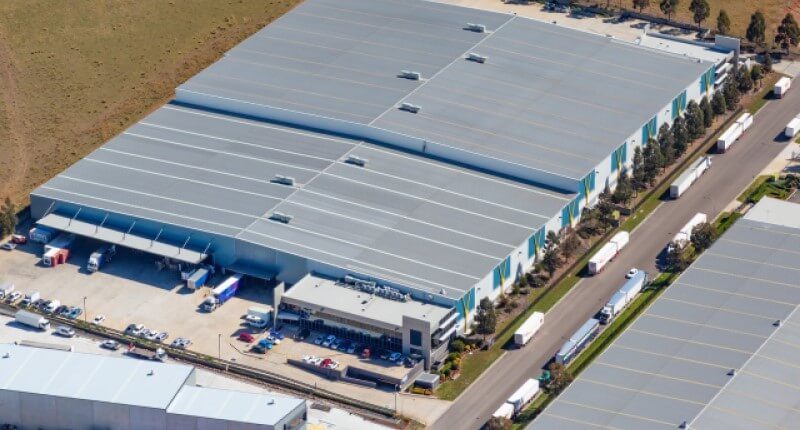- 'Just in case' modelling has increased thanks to e-commerce boon
- 350,000sqm of new e-commerce warehousing space needs to be developed annually
- CBRE has had notable warehousing sales in Western Sydney
CBRE has released its 2021 Australia Real Estate Market Outlook Report, which shows the ‘just in case’ supply chain strategy employed by e-commerce businesses has become more prevalent, resulting in retailers needing greater storage space.
Online sales penetration is forecast to increase faster than original projections.
Currently, it sits at 15% of all retail sales with the level expected to hit 20% during the middle of this decade, before getting close to 24% by the end of 2030.
Whilst traditional retail warehousing models usually consist of a regional distribution platform then a local warehouse before mass distribution – such as to individual brick-and-mortar stores – an e-commerce hub is far more complicated, and requires more than 20% of extra space, according to CBRE.
Often, this model consists of an e-fulfilment centre which is then sent to numerous parcel hubs which then goes to consumers including via lockers/pick up points.
CBRE’s research suggests to cater for the expected surge in e-commerce sales, 350,000sqm of new space will need to be developed annually to keep up with this demand.
Industrial and logistics as a proportion of sales have significantly increased during 2020.
2019, for example, saw industrial just shy of 20% of commercial sales before jumping to 38.3% of all transactions last year – meaning only 61.7% of commercial sales are for office, retail or hotel sites.
CBRE expects this momentum to continue into 2021.
Cameron Grier of CBRE says the increased footprint required to handle the new supply chain modelling means demand has been stronger for larger warehouses, especially in Western Sydney.
“We are already seeing the average occupier warehouse footprint increasing to account for a wide-ranging rethink of inventory strategy, after many groups were caught with not enough stock during the pandemic.”
“I haven’t seen this level of leasing enquiry in nearly 20-years – almost every vacant building has two to three runners and intense demand for warehousing space, which has pushed core vacancy on the East Coast to 1.6% and is expected to be sub-1% in many key markets towards the end of the year.”
Cameron Grier, CBRE








